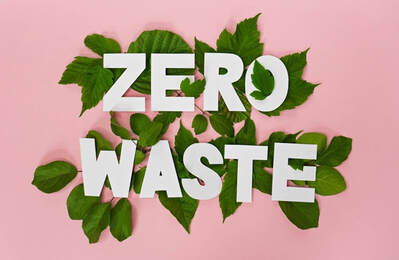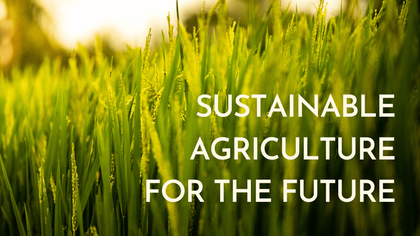Climate Change Challenge
|
Track
Overview |
People are at risk from food and water shortages, greater flooding, high heat, an increase in disease, and economic loss due to climate change. Conflict and human migration are potential outcomes. Climate change is regarded by the World Health Organization (WHO) as the biggest threat to world health in the twenty-first century.
In order to build on prior accomplishments and pave the way for future ambition, Egypt will host the 27th Conference of the Parties of the UNFCCC (COP27) in Sharm El-Sheikh in November 2022. An excellent chance for all parties involved to step up and effectively address the global issue of climate change on the African continent, facilitated by Egypt. |




